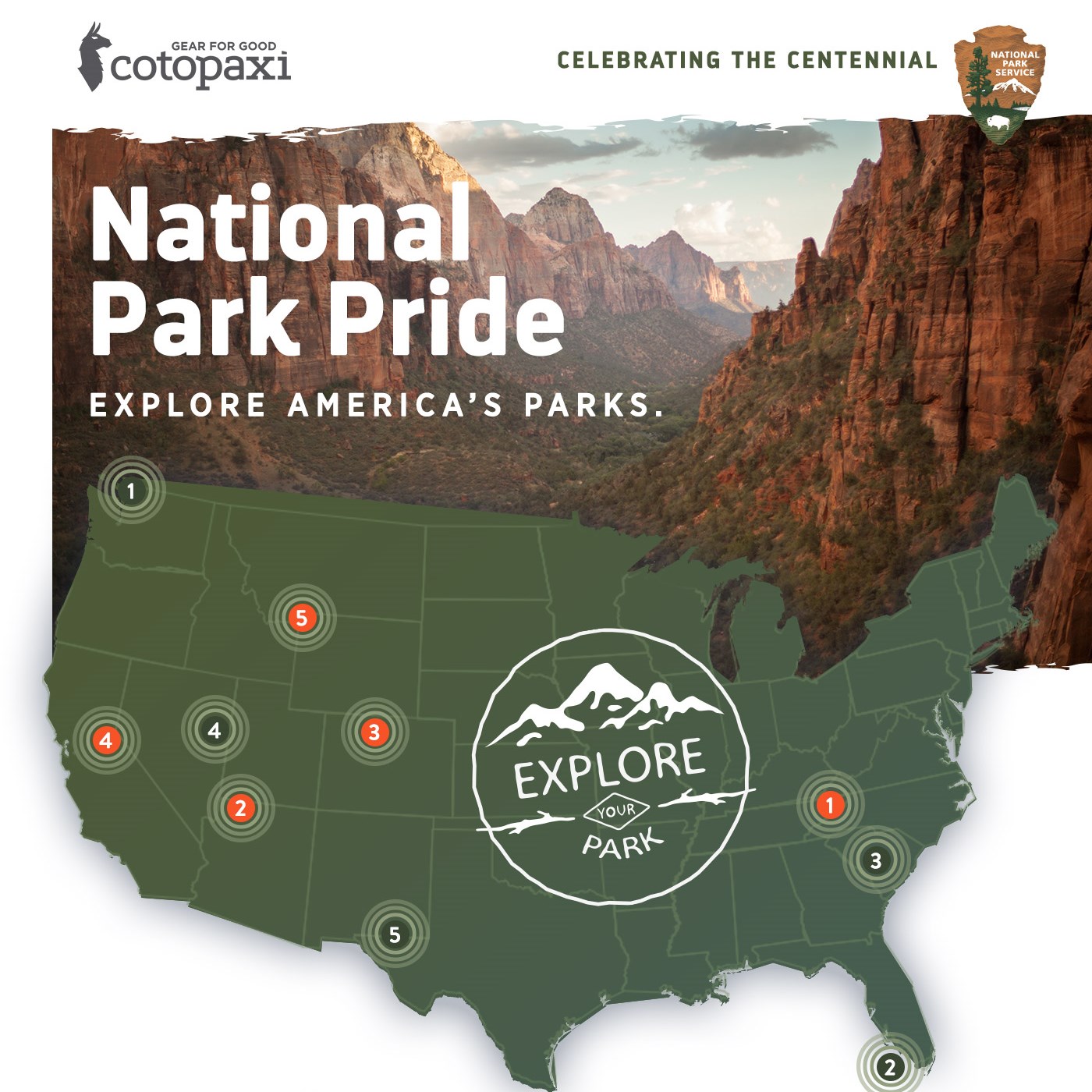Sedona, Arizona is truly a unique, special place. Featuring the wonder of what Native Americans consider the spiritual vortex of the Southwest, and absolutely sublime red rock formations, Sedona and Oak Creek Canyon (previous post) challenge many national parks in their beauty.
Enjoying mild weather throughout the year, sunshine and clean air abound at Sedona's elevation of 4500 feet. Located 90 minutes north of Phoenix, and 40 minutes south of Flagstaff, Sedona is home to numerous resorts, golfing, and artistic events year round - one of Arizona’s premier tourism, recreation, resort, retirement, and art centers, all of which contribute to its economic base. Its history is that of a rural ranching community, far off the beaten track - its beauty became known through the motion picture industry with such classic films as John Wayne’s “The Angel and the Badman,” and Robert Mitchum’s “Blood on the Moon.” The second photo here is the view from the courtyard of our motel.
Sedona's main attraction is its stunning array of red sandstone formations, the Red Rocks of Sedona. The formations appear to glow in brilliant orange and red when illuminated by the rising or setting sun. The Red Rocks form a breathtaking backdrop for everything from spiritual pursuits to the hundreds of hiking and mountain biking trails. The majestic red rock scenery and evergreen vegetation are two reasons for the unique energy of Sedona and its tangible regenerative and inspirational effects.
I can't talk about Sedona without mentioning the Vortex sites, as you'll hear references to them no matter where you go in town. Though never experienced firsthand, the Vortexes are popular tourist attractions. Simply stated, Vortex sites are said to be locations having energy flows, in those "deeper dimensions", that the Soul can soar on. A wide variety of lectures, texts, and Guides are available through Sedona's bookstores and Spiritual Centers to assist you in experiencing the power of Sedona's Vortex sites - just ask...someone will point you in the right direction.
Many, many unique shops, sounds, and sights line the main drag through town ~ like these non-smelly (I've been told that the real ones give off a horrible stench), large (and colorful) bronze versions of the Javelinas that are native to the area...
.jpg)
to this array of delightful, large bronze frogs that I encountered at various spots throughout the day...
cute enough to kiss!
In addition to roaming the main street shops of Sedona, your trip MUST include spending time at internationally renowned Tlaquepaque (pronounced Ta-lah-keh-pah-keh) Arts & Crafts Village (for those of you who just want to park and walk, there is a free shuttle that runs between the main street area, and Tlaquepaque, at the bottom of the hill…every 15 minutes).
Nestled beneath the shade of huge sycamore trees on the banks of beautiful Oak Creek, Tlaquepaque (meaning "best of everything") is authentically fashioned after a traditional Mexican village, and has been a Sedona landmark since the 1970's.
Its vine covered stucco walls, cobble-stoned walkways and magnificent arched entryways give you the feeling that it’s been there for centuries.
Originally conceived as an artist community, Tlaquepaque houses over 40 unique specialty/gift shops and exclusive art galleries, as well as 4 restaurants and a micro-brewery.
Within these walls, you'll find everything from western and eclectic bronze sculpture; functional and traditional ceramics; breathtaking blown glass creations, contemporary and Southwestern fine art; fine contemporary jewelry; designer casual wear; to truly unique gift items – there’s a little something for everyone - if nothing else, go for the scenery...
or the margaritas, food, and atmosphere on the patio at El Rincon Restaurant...
the perfect ending to a day of walking, shopping, and soaking in the sights of one of the most beautiful settings in the Southwest.
Many unique shopping areas abound throughout the canyon – from two locations for Garland’s Indian Trading Post, to "Hillside Sedona" ~
another array of beautiful galleries, shops, sculpture gardens (and real gardens - yep, that's an artichoke!), and restaurants...
such as The Javelina Cantina - it's all located "around the corner" from Tlaquepaque, on the hillside, like the name says. The benches and peaceful quiet of the after-hours gallery area also make it one of the best places in town to catch the spectacular Sedona sunsets, after that delicious meal and margarita.
Heading through Jerome and Prescott, AZ, while wending our way towards Las Vegas, next...Happy Trails, and a wonderful Wednesday to you and yours!


.jpg)


.jpg)
.jpg)

.jpg)


.jpg)


.jpg)




.jpg)
.jpg)
.jpg)
.jpg)
.jpg)
.jpg)
.jpg)
.jpg)
.jpg)
.jpg)



.jpg)


























